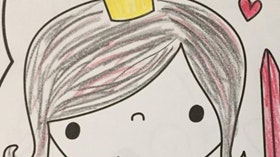Homepage
•
Learning Library
•
Blog
•
3 strategies to build inclusion in your classroom
Expand breadcrumbs
Expand breadcrumbs
- Learning Library
- Blog
- 3 strategies to build inclusion in your classroom
- Homepage
- •
- Learning Library
- •
- Blog
- •
- 3 strategies to build inclusion in your classroom
3 strategies to build inclusion in your classroom
By Jason Trinh
January 15, 2020








